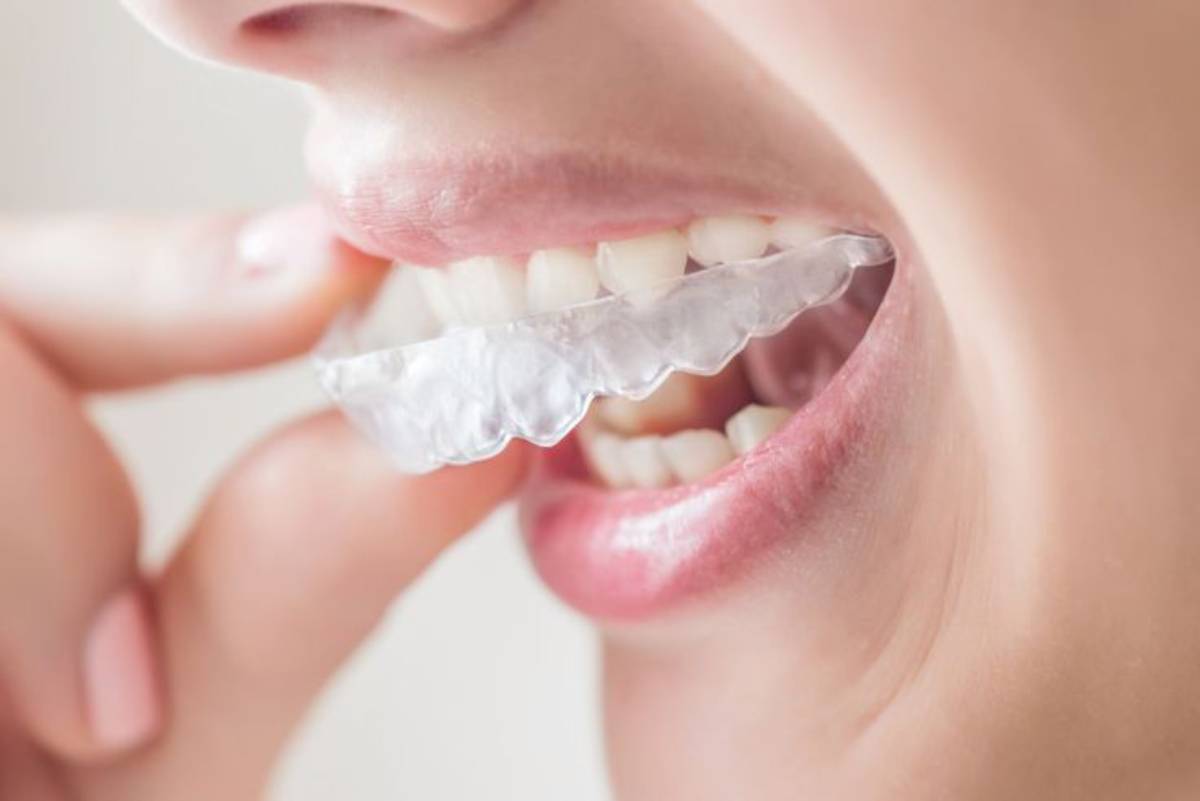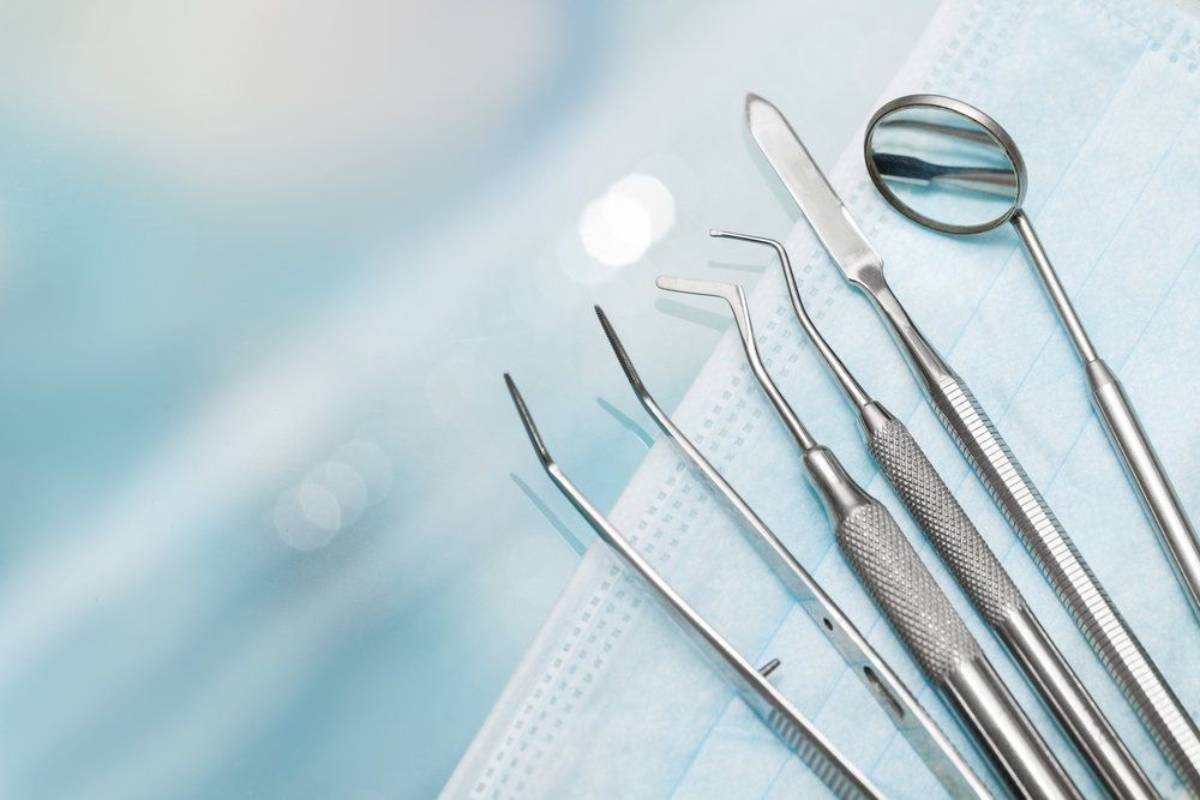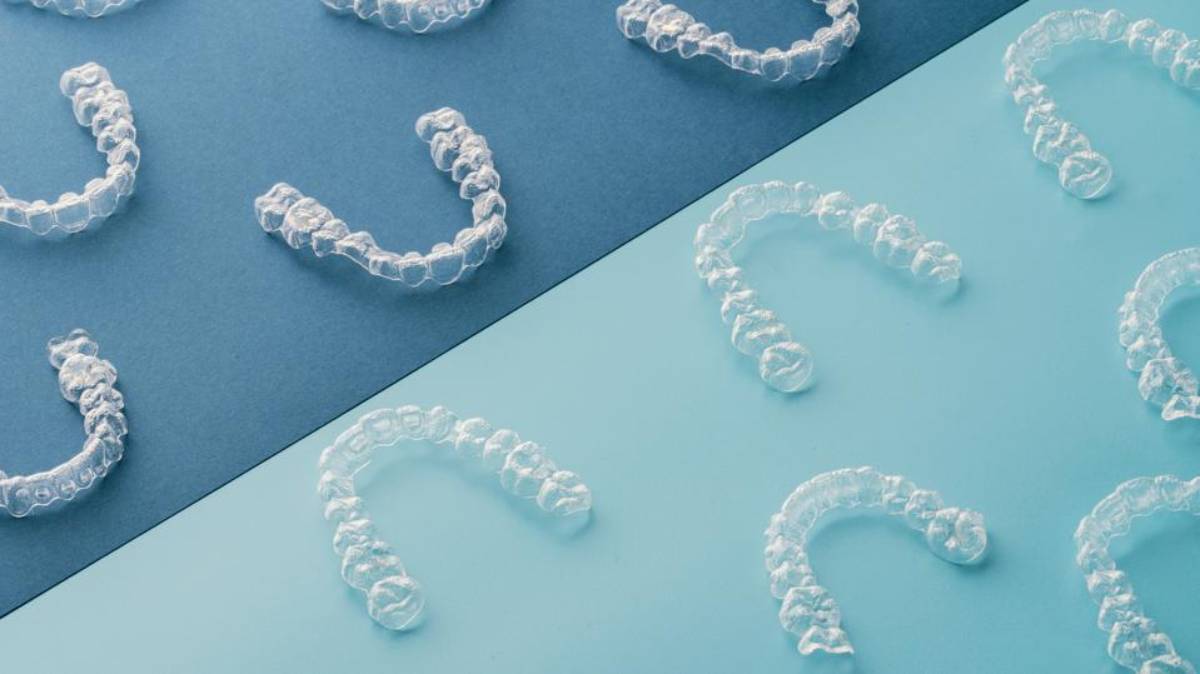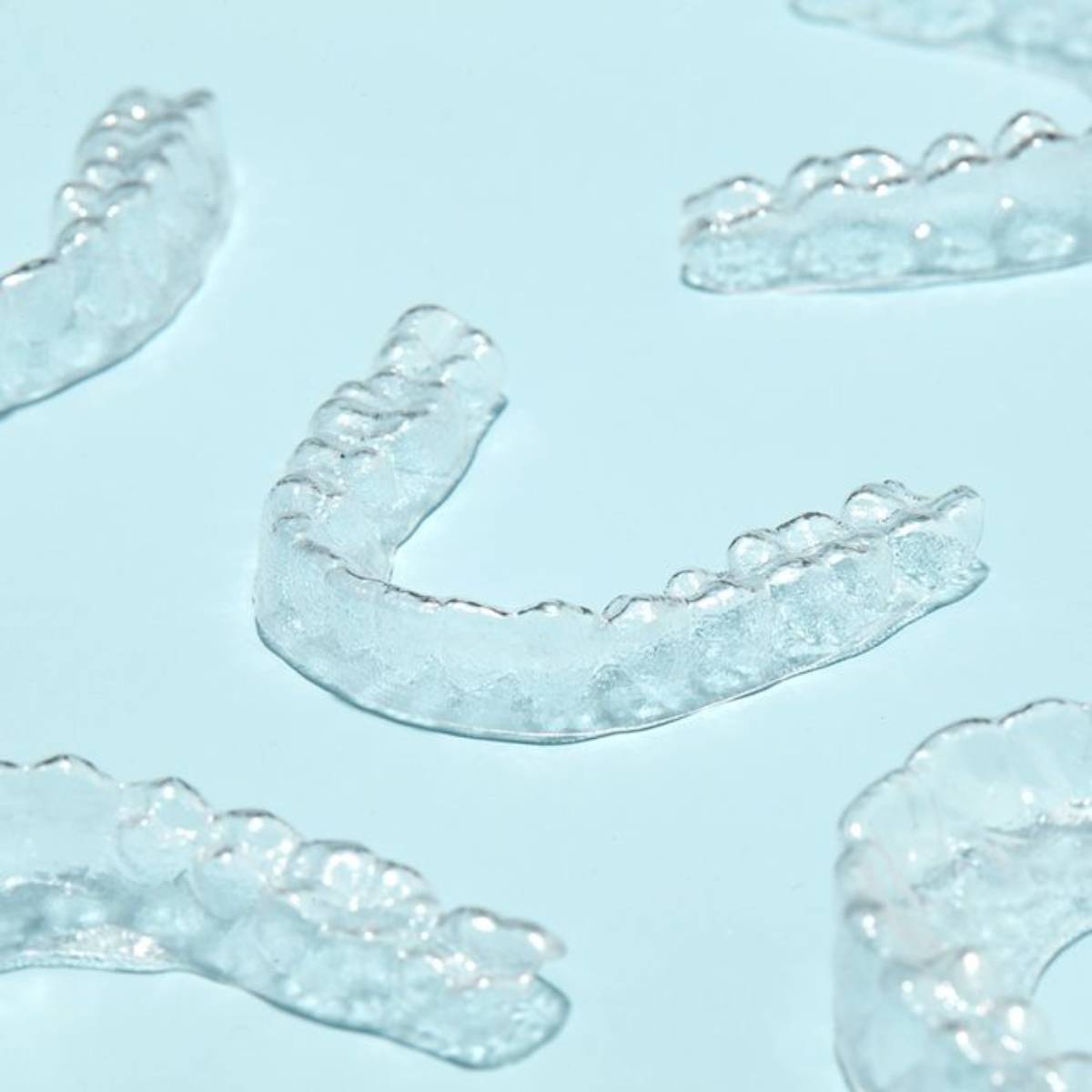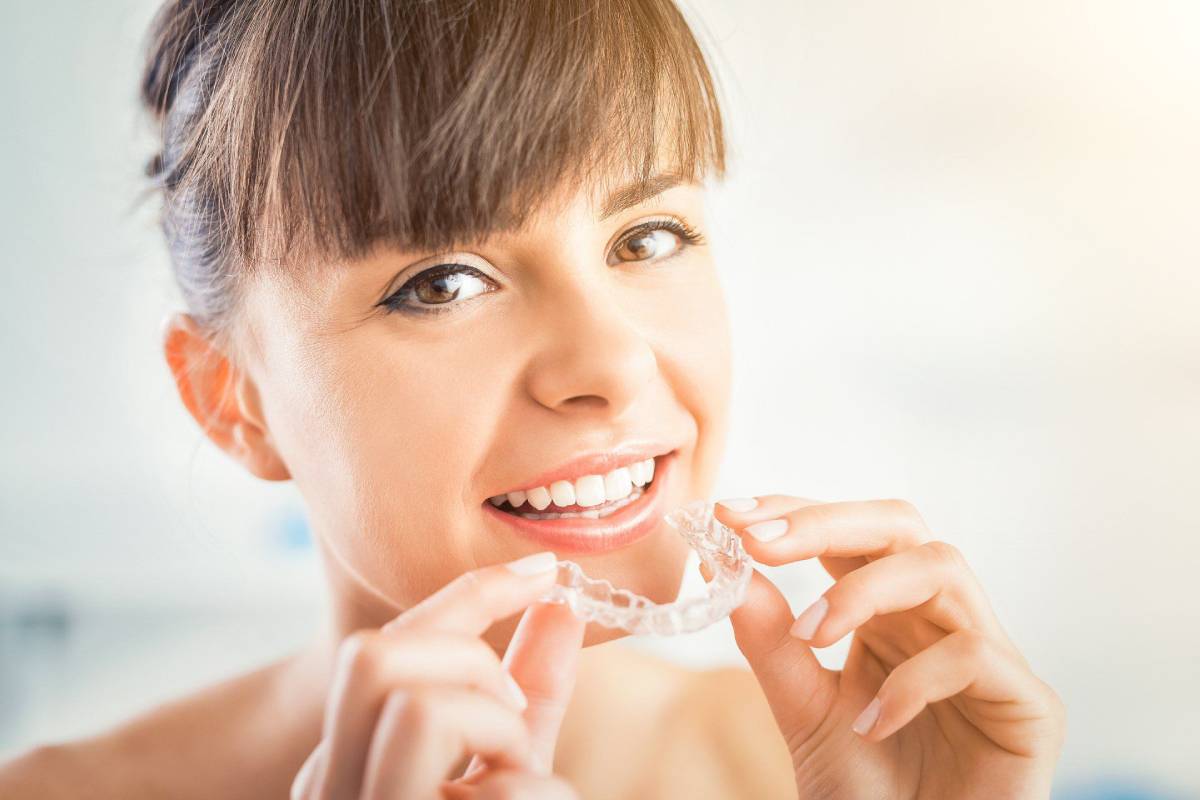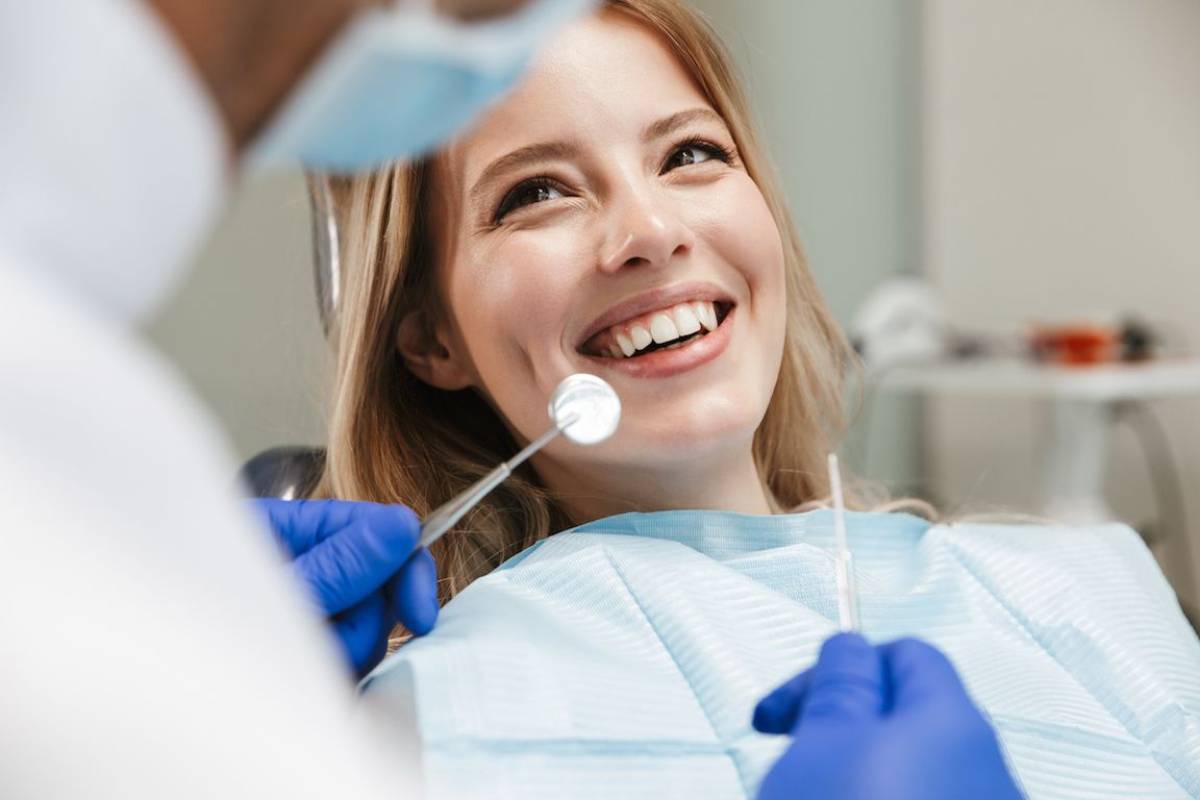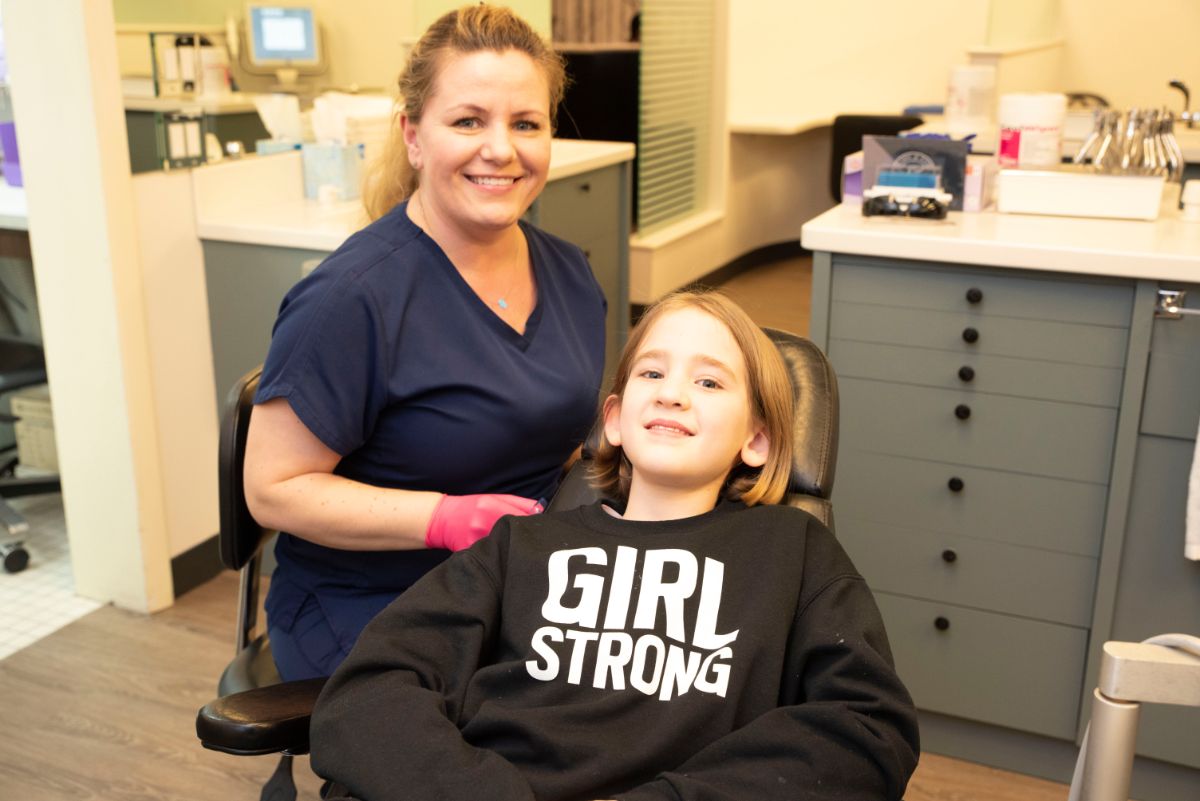Dental implants are a popular and effective way to replace missing teeth. However, patients with dental implants may require orthodontic treatment to address issues with bite alignment or spacing. Orthodontic treatment can help to improve the function and appearance of dental implants, creating a comfortable and natural-looking smile. In this blog post, we will explore orthodontic treatment options for patients with dental implants, with a focus on the advantages of using invisible braces.
Traditional Braces vs. Invisible Braces
Traditional braces are a common option for orthodontic treatment, but they may not be the best choice for patients with dental implants. Traditional braces use brackets and wires to shift teeth into position, which can put pressure on dental implants and cause damage. Additionally, traditional braces can be difficult to clean around dental implants, increasing the risk of complications.
Invisible braces, such as clear aligners, are an excellent option for patients with dental implants. Clear aligners are made of a clear, durable plastic material that is custom-fitted to the patient’s teeth. This makes them an ideal option for aligning teeth around dental implants without causing damage or complications. Clear aligners are also removable, making them easy to clean and maintain oral hygiene around dental implants.
Treatment Options for Dental Implants
Orthodontic treatment for patients with dental implants typically involves the use of clear aligners to shift teeth into proper alignment. This can improve the function and appearance of dental implants, creating a more comfortable and natural-looking smile. Treatment options may include:
Aligning crooked teeth to create a more even bite and reduce stress on dental implants.
Closing gaps between teeth to improve the appearance of dental implants and reduce the risk of food getting stuck between teeth.
Correcting overbite or underbite issues to improve the function of dental implants and reduce the risk of damage.
Invisible Braces with Alina
At Alina Invisible Braces, we offer clear aligners that are specifically designed for patients with dental implants. Our customized treatment plans are tailored to each patient’s unique needs, and our clear aligners are virtually invisible, comfortable, and convenient. If you are interested in learning more about how orthodontic treatment with invisible braces can improve the function and appearance of your dental implants, contact us today to schedule a consultation. Our team of experienced orthodontists will work with you to create a treatment plan that meets your needs and goals.

